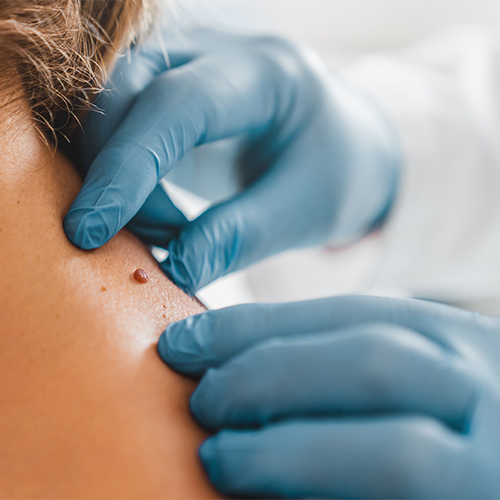Skin tags are small, benign growths of skin that often appear in areas where skin rubs against skin. While they are generally harmless, some people may choose to have them removed for cosmetic reasons or if the skin tags are causing irritation. Here are several methods of skin tag and cyst removal:
Excision: We can use a scalpel to cut off the skin tag. Stitches may be needed if the tag is large.
Cryotherapy: This involves freezing the skin tag using liquid nitrogen, causing it to fall off after some time.
Laser removal: A laser is used to break down the cells within the skin tag, causing it to disintegrate.
If you’re considering removing a skin tag, it’s important to consult with a healthcare professional to determine the most suitable method based on the size, location, and type of the skin tag. Additionally, attempting to remove skin tags at home without proper sterilization and technique can lead to infection or scarring


ABOUT
Dr.Aiza
Dr Aiza Jamil is a one of the leading UK trained Consultant Dermatologist, laser and aesthetics. Dr Aiza Jamil did her dermatology training in Sheffield and works as Consultant Dermatologist in Manchester University Hospitals providing services to UK’s largest hospital, Manchester Royal Infirmary. She has also completed American Board Diplomate Certification in medical and cosmetic lasers from American Board of Laser Surgery making her unique in having both UK and USA qualifications.
Frequently Asked Question
Can A Dermatologist Remove A Skin Tag?
Yes, dermatologists can safely remove skin tags using various methods.
What Is The Best Treatment For Skin Tag Removal?
The best treatment for skin tag removal depends on the individual’s preferences and the size/location of the skin tag. Standard methods include cryotherapy, excision, and cauterization.
Is It Unsafe To Remove Skin Tags?
Skin tag removal is generally safe when performed by a qualified dermatologist. However, it’s essential to follow post-removal care instructions to prevent infection.
Do Skin Tags Grow Back?
While skin tags that are entirely removed typically do not grow back, new ones may develop over time, especially in areas prone to friction.
Why Do People Get Skin Tags?
Skin tags often develop where skin rubs against skin or clothing, such as the neck, armpits, or groin. Genetics, hormonal changes, and obesity can also influence them.


